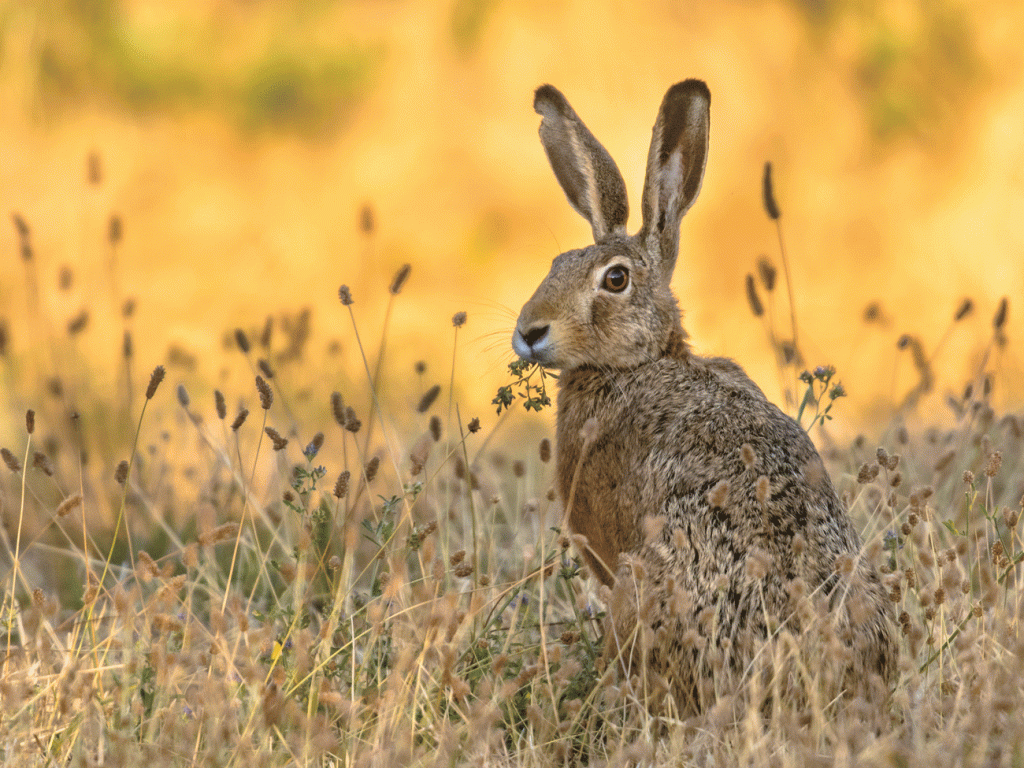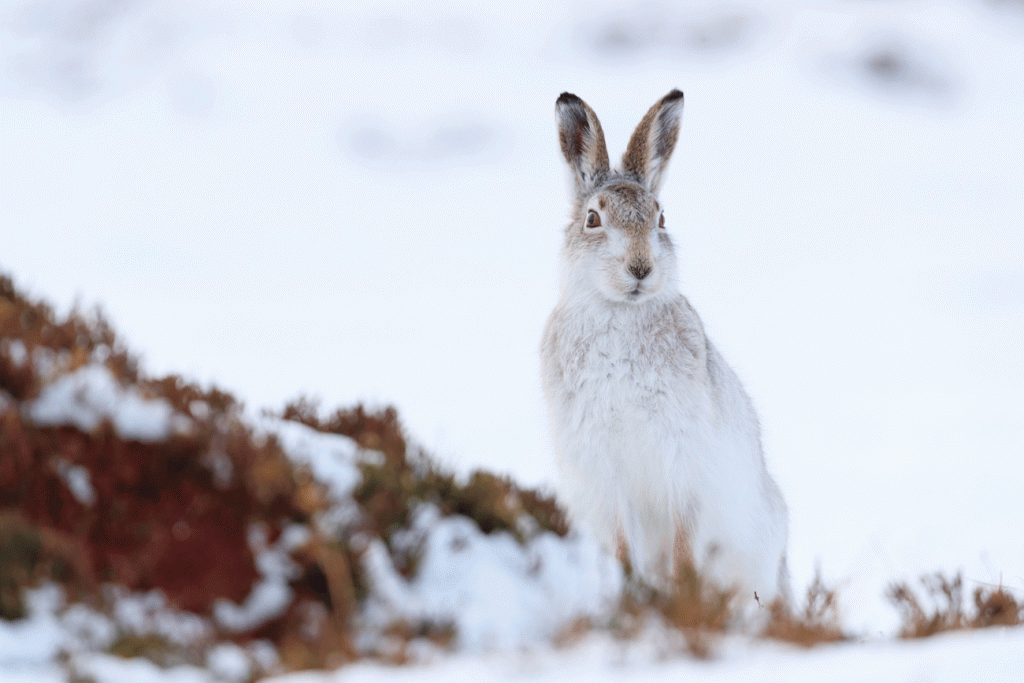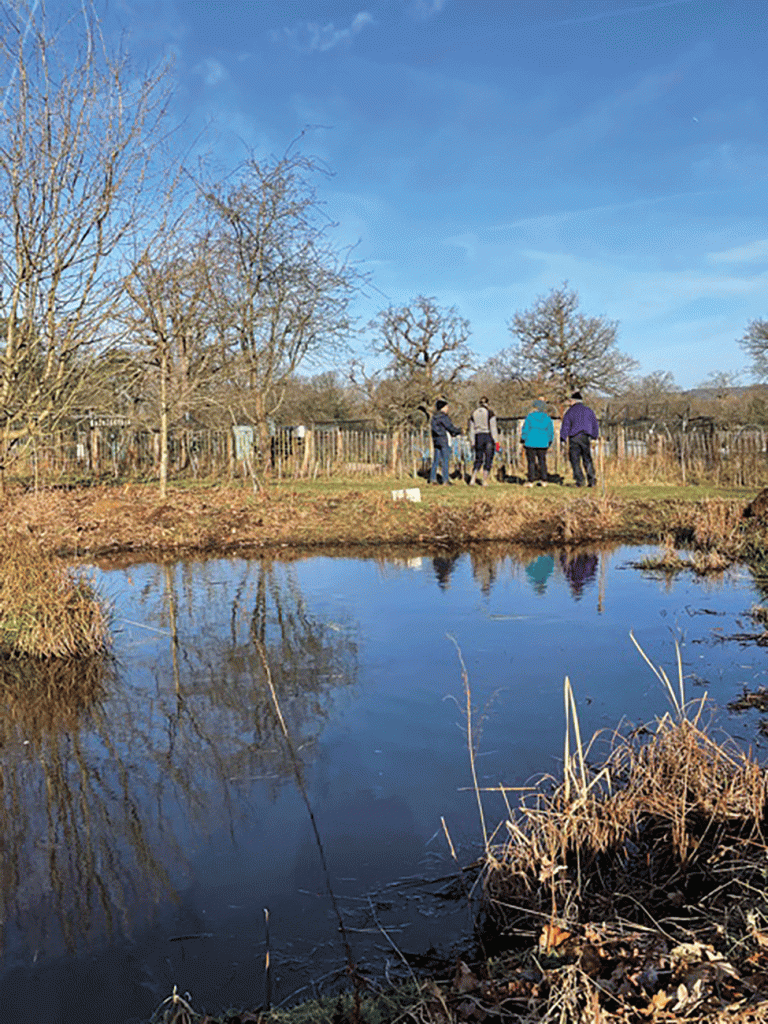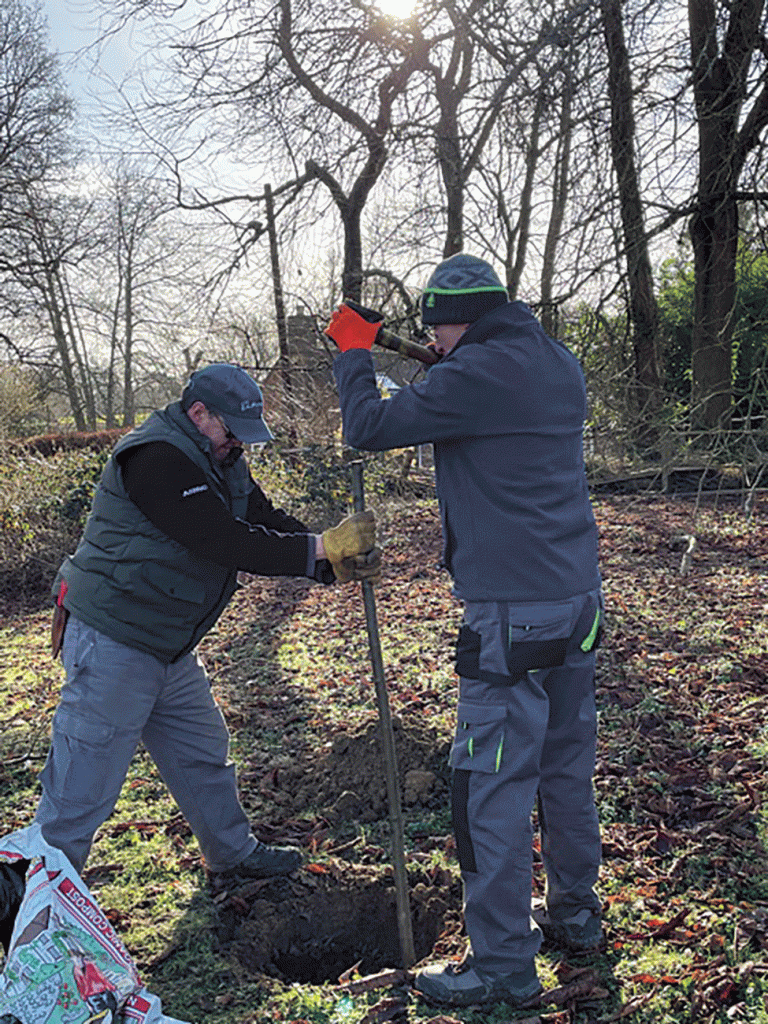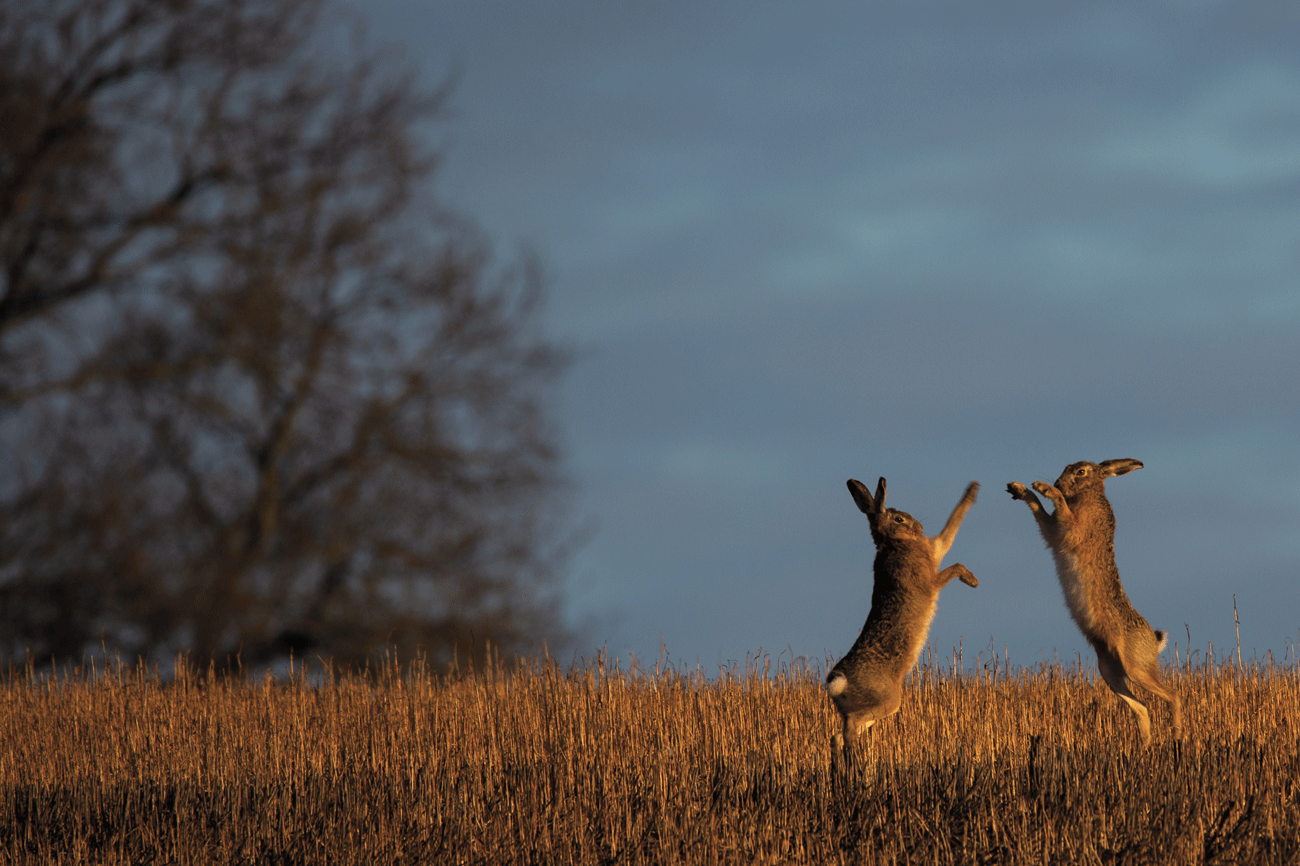
By Miki Marks
Ronald Blythe died in January this year – at the age of 100 just after a new book of his writings was compiled and published, under the title, Next to Nature. He lived in Suffolk in an ancient farmhouse called Bottengoms – a house that had belonged to the artist John Nash. The marvellous thing about Blythe was that he didn’t need to travel far from home to experience nature – observing and writing about his immediate surroundings and the lives of those around him.
Every morning Blythe made a cup of tea and stood at his study window and every day there was something new to see. He watched the birds, the creatures and the seasonal changes. It is heartening to think that we can do something similar – and become deeply knowledgeable and connected to our immediate area. There is still plenty to see round here.
The month of March was, according to Blythe, a dangerous and sometimes violent month – with characteristics of both winter and summer.
Do people still say “As mad as a March hare” to describe someone with excessive high spirits? This time of the year the animals were commonly seen cavorting, chasing each other and ‘sparring’? Hares were common on arable land – and active morning and evening. As one author has it ‘they are crepuscular creatures’. They literally lie low during the day – stretching out in fields, flat on their backs in little hollows called ‘forms’ with their black tipped ears tucked back. It used to be thought that the boxing that they do in the Spring was the combat of two bucks for the attention of a female. Not so. It appears that it is the female – called a doe – who is repelling the male advances.
There are two breeds of hare in Britain – the brown hare – Leptus europaeus of the southern, lowlands – and the mountain hare – Leptus timides, in the Scottish Highlands. This hare is a shy, retiring creature with the marvellous ability to turn pure white in the winter to blend unseen with the snow.
The hare was considered a magic creature – and features in many myths and stories, usually associated with love and fertility. According to Pliny, if you ate hare meat it would give you glamour and sexual attractiveness for 9 days. He then adds ‘probably a vulgar superstition, which must have some truth in it as the belief is so widespread’.
The link with fertility comes from the observation that hares are astonishingly fertile. The female has a system like a factory conveyor belt; whilst she is giving birth, there is already another half-formed embryo in her oviduct. This way they are able to produce 30% more offspring that other species during the breeding season.
I have not seen hares dancing in the spring and would love to. I fear that my chances are rather slim. The number of hares are down by 80% over the last century. Not only has their habitat been destroyed – particularly the hedges they need for protection, but hares are the only game you can legally hunt all year round – even during their breeding season. A horrifying 300,000 a year. The fact that the brown hare can accelerate to 80 mph and leap 5 times its own length is no protection against the ‘country sports’ people with guns.
As a child I longed to see the Loch Ness Monster, and wished fervently that it was lurking in the depths of the Scottish loch and would one day show itself. There is, surprisingly, a branch of science called Cryptozoology, which is the study of animals which have not yet been proven to exist! It is either a frustrating branch of study – or a totally hilarious one. Regarding Nessie, the scientists have concluded that although there are plenty of eels in Loch Ness, they are nowhere large enough to be mistaken for a giant prehistoric reptile. So that famous photo is still a mystery.
Our conservation site off Knowle Lane has been difficult to work on during the winter months. A very wet November, freezing cold for part of December and more rain at the start of the year. The volunteers were able to meet at last in February and were delighted to find that the pond which they had repaired last year was holding the water and it is hoped the mallard will return.
Two hornbeams were planted. There is much to do as the weather warms and growth starts again. Please join us! Details below.
Beryl Harvey Fields is Cranleigh’s nature conservation site. We need volunteers.
For further information: visit our conservation site in Cranleigh – or better, volunteer. Contact Philip Townsend at: townsendp99@gmail.com for details.

